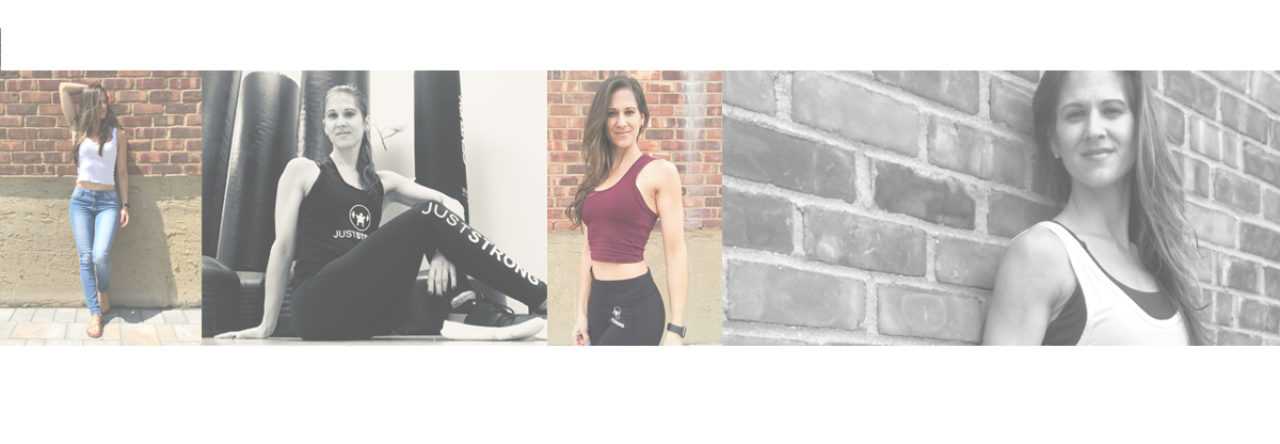
There comes a point in everyone’s exercise program when you are ready to increase the intensity of your workouts… and you should be! If you have been incorporating the same routine with the same resistance and the same exercises day to day, week to week, year to year, then you are ready for a change.
Maintaining is just fine, but why not work on increasing strength and muscle fibers to adapt to greater loads or force creating a stronger more efficient body that can endure more. Increasing the intensity of your workouts will do just that.
Here are three ways in which you can increase the intensity of your workouts:
- Increasing resistance
- Increasing speed
- Increasing range of motion
Increasing resistance simply means to add more weight to each of your exercises. If you are always doing the same amount of weight your muscles are not adapting to greater forces and therefore are not strengthening any further. In order to encourage muscle growth and fiber increase, simply increase the size of your weights. It could be as little as a 1 lb increase for just one set. That extra weight will encourage muscle growth to adapt to the increase. Continue to increase as your muscles adapt to the new weight.
How do you know if you are ready to increase resistance?
If you have total control over the movement of an exercise and it becomes easy for all designated sets and reps, then you are ready to increase. Once you increase be sure that you can control the new weight with proper posture and form. If you cannot maintain proper posture and form then you are not ready to increase and can look to the other methods of increasing intensity instead.
Increasing speed is a great way to increase intensity and actually make your strength training somewhat cardio driven. This allows you to include both strength and cardio into one workout. All you need to do is increase the speed of your movement for each exercise. Keeping proper posture and form when increasing speed is crucial. In order to ensure this, reps are typically done with lighter weights. Something you can control through full range of motion without breaking form. Be careful not to jerk or overextend joints while increasing speed.
Increasing speed is great for Hi-Intensity Interval Training. It will allow you to get a lot of reps and exercises into a small amount of time while elevating your heart rate and increasing your endurance and reaction time. It does not require a lot of weights, heavy dumbbells, barbells and equipment. You could grab one or two sets of dumbbells and get a 30 minute full body workout in just about anywhere.
Increasing range of motion is another way to increase your intensity.
Range of motion is defined as the full movement potential of a joint, usually its range of flexion and extension.
Many do not exercise to their full range of motion or try to increase it. It is important to try to increase your range of motion through your full potential. It is a way to increase your overall flexibility and ensure all muscle fibers are at work.
Last thing you want to do is constantly be working in short ranges of motion keeping the muscles in a flexed state (such as pulsing only). You want to practice bending and extending your joints to their full capability. Working on increasing your range of motion will do just that and it will require more muscle fibers to be engaged, increasing the intensity of your workout.
When starting to increase your range of motion, such as squatting lower, decrease your weights and see if that helps you increase that range. Once you are able to increase your range of motion you can start to increase your weights again. Sometimes the reason you cannot engage in a full range of motion is because the weights are just to heavy to accomplish that range. Therefore, decreasing the weights is a great way to work on increasing the range of motion.
You now have three different ways in which you can begin to increase the intensity of your workouts. You can do this by either increasing your resistance, increasing your speed or increasing your range of motion. You can also incorporate more than just one way or even all three at the same time. Just be sure whatever you increase, proper posture and form are maintained throughout the move.








 Cardio will help to encourage burning calories and fat stores through exercise and activities such as walking, running, biking, rowing, elliptical, dance, kickboxing, HIIT, step. Or, sports such as tennis, soccer, baseball, softball, basketball or any other activity or sport that gets your heart rate up and requires cardiovascular energy.
Cardio will help to encourage burning calories and fat stores through exercise and activities such as walking, running, biking, rowing, elliptical, dance, kickboxing, HIIT, step. Or, sports such as tennis, soccer, baseball, softball, basketball or any other activity or sport that gets your heart rate up and requires cardiovascular energy.



























